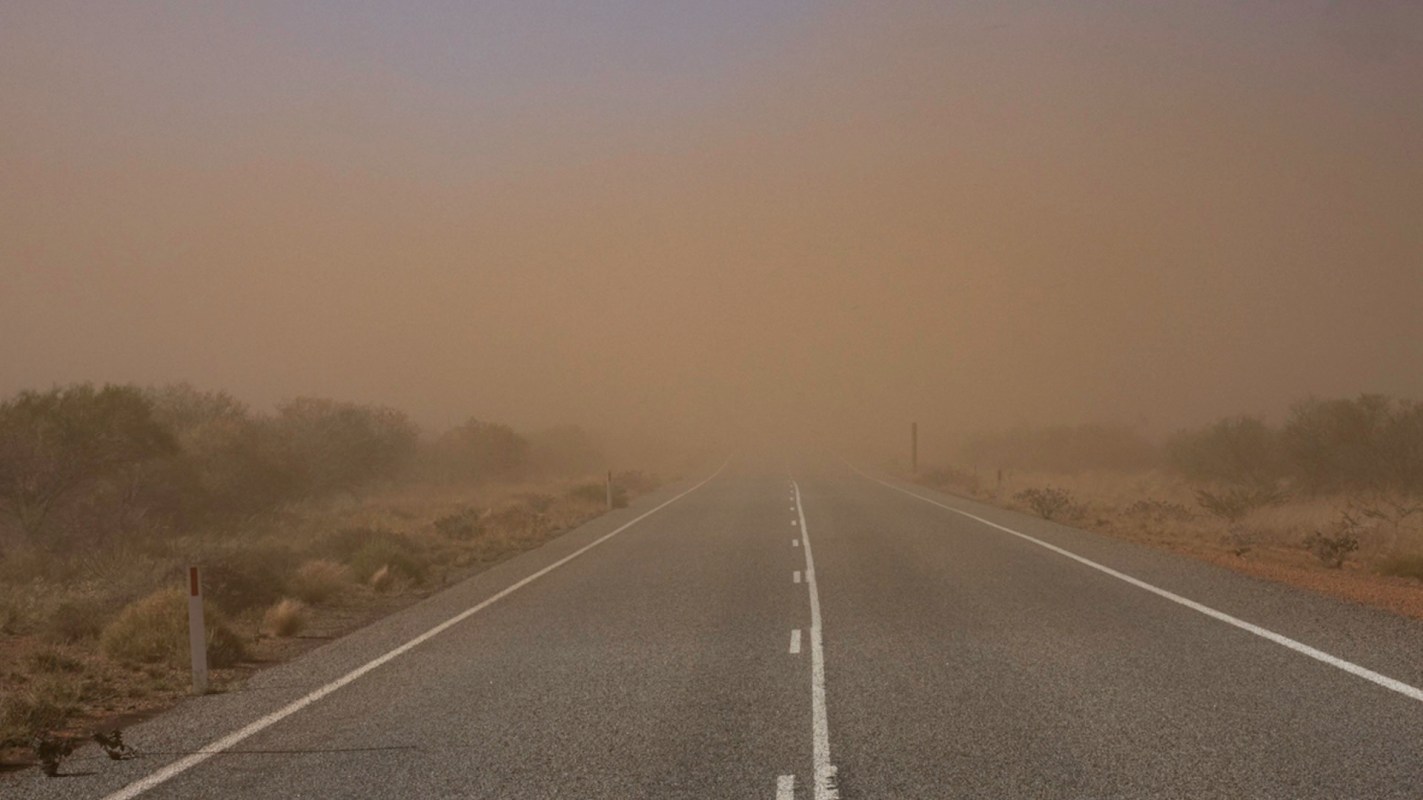In early March, residents of South Jordan, Utah, had a rude awakening when they opened their front doors. Thousands of tumbleweeds had blown into the town near Salt Lake City during a powerful windstorm, creating a thorny mess for residents and city officials, as the New York Times reported.
What happened?
As the Times explained, storms packing winds of 70 to 80 miles an hour blew across several western U.S. states, including Utah and parts of Nevada, carrying thousands of tumbleweeds into neighborhoods and roadways.
Tumbleweed storm in Utah pic.twitter.com/dpkTz4SN7k
— posts you can show your mom (@ohshidt) March 5, 2024
The spiky plants obstructed roads, buried cars, and piled up in front of homes. Some tumbleweed mounds were so massive they reached the second story of homes.
"It was quite a sight to see. They just rolled right into a lot of our neighborhoods, blocking homes, their front doors, and their garages, 10 and maybe even up to 15 feet high," Rachael Van Cleave, South Jordan's public information officer, told the Times.
While South Jordan residents are accustomed to dealing with tumbleweeds and strong winds, Salt Lake City National Weather Service meteorologist Hayden Mahan told the Times that the early March windstorm was unusually intense.
Why is the tumbleweed takeover concerning?
For one, tumbleweeds can pose a serious threat to drivers when they blow across roadways, as seen in a recent video taken in California. They're a massive thorn in the side of businesses and residents who have to clean them up as well.
Tumbleweeds are also an environmental hazard since they're an invasive plant species native to Europe and eastern Asia called Russian thistle, as the Natural History Museum of London has noted. Invasive plants spread prolifically, outcompeting native plants for resources and threatening ecosystems.
The Natural History Museum also stated the troublesome weeds can also increase the risk of wildfires since they are highly flammable and dry. In addition, they can clog up waterways and aqueducts and serve as hosts for insects that carry diseases that can inhibit plant growth.
Our overheating planet is fuel for invasive species like tumbleweeds, which thrive with higher carbon dioxide levels, according to the North American Invasive Species Management Association. If these plants become more prevalent, it will only exacerbate wildfire risks and the threat of crop-damaging pests.
And since human-induced rising global temperatures supercharge extreme weather events, more tumbleweed invasions could occur, endangering communities and city workers.
What's being done to control tumbleweeds?
According to the Natural History Museum, researchers are investigating the use of biological controls, such as blister mites or weevils, to control tumbleweeds.
We can at least reduce their spread by curbing pollution, which will help cool the planet and should make invasive plants less successful.
Many scientists and businesses have developed ways to adapt to extreme weather, from technologies that organize climate data to climate-resilient homes.
We can also contribute to a cooler planet by adopting energy-efficient technologies, such as solar panels or electric cars, or buying more eco-friendly products that help reduce pollution. By working together and living in harmony with nature, we can usher in a cleaner, happier future for everyone.
Join our free newsletter for cool news and cool tips that make it easy to help yourself while helping the planet.









